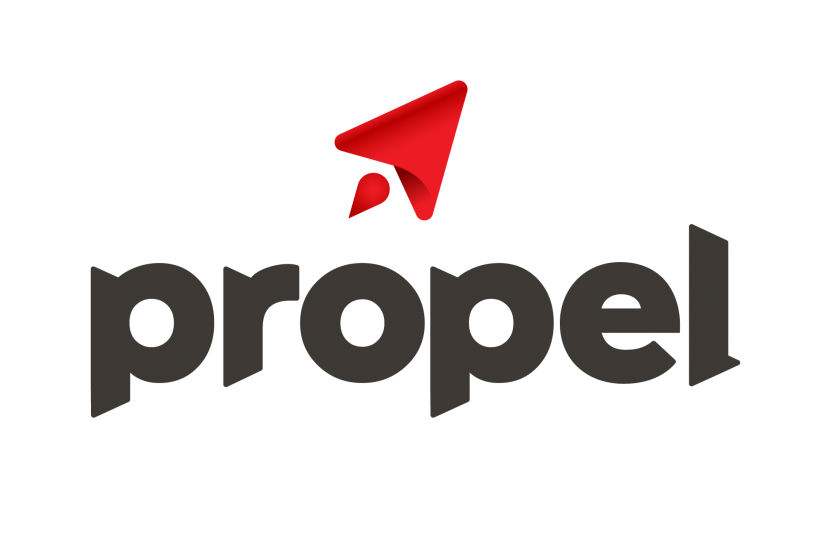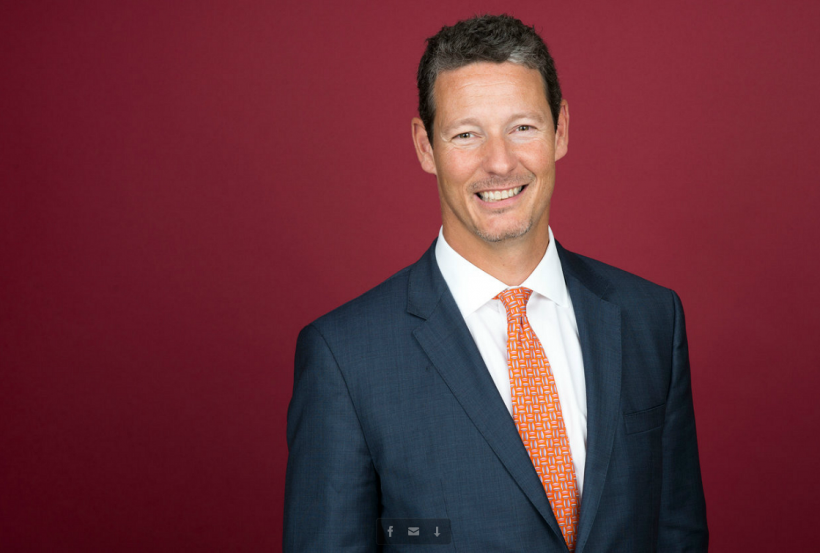Two years on from its dramatic stock matket spike during the pandemic, Dartmouth-based Sona Nanotech is once again focused on using its gold nanorods to battle cancer.
The company has had some major announcements in the first half of 2023. Having raised $1.1 million by selling shares on the Canadian Securities Exchange earlier this year, Sona also grew by acquiring Boulder, Co.-based Siva Therapeutics for as much as US$8.7 million. As a merged company, they plan to use Sona’s nanorods within Siva’s technology to shrink cancer tumors without damaging neighbouring tissue.
Sona, which produces toxin-free gold nanorods, had a fling with fame in 2021 when it was working on a rapid test kit for COVID-19. The prospect of producing such a kit quickly sent its shares soaring from 10 cents to above $14. The share price collapsed in June 2021 after Sona ended the clinical trials of its saliva-based rapid test, resulting in law suits from unhappy shareholders.
As the dust settled, the company doubled down on its core technology, developed at St. Francis Xavier University a decade ago. It centred on a process to produce industrial quantities of gold nanorods, which have various medical uses. Unlike its competitors, Sona’s process does not produce toxins, which means its nanoparticles can be used safely within the human body.
“The nanotechnology industry has been very much focused on advances in medical applications and there are numerous ones that have been explored,” said Sona CEO David Regan in an interview last week. “It’s not a short road -- that’s for sure. But it’s a really good time right now because of the research that’s gone before us.”
As Sona Nanotech began to focus again on the fight against cancer, it linked up with Siva, which needed a secure source of non-toxic nanorods for its work in what it calls “targeted hyperthermia.” The process injects bio-compatible gold nanorods into a cancerous tumor, then heats them using special infrared lights. The goal is to shrink the tumor and make other drugs more effective with less harm than chemotherapy to other organs.
“Cancer cells are highly susceptible to heat so it opens the door to precision application . . . to attack the cancer cells without damaging healthy cells,” said Regan, who added that “current oncology practices can be quite unkind to the body.”
The Sona and Siva teams understood the synergies between the two companies and the Dartmouth company announced the acquisition of Siva in January. Siva shareholders received US$2 million in Sona stock when the deal closed in March, and are due to receive an additional US$6.65 million in stock assuming certain milestones are met.
As well as the acquisition announcement, Sona this year has announced it raised $1.1 million through a private placement. It has also strengthened its board, including the appointment of biotech veteran Mark Lievonen as chair.
Sona’s team of about 10 employees is now working on pre-clinical trials for its targeted hyperthermia. Regan said the company hopes to carry out human trials in 2024, adding there are a lot of variables that could determine the timing.
Though Sona is still very much a penny stock, it has performed well in the past year. It closed Friday at 24 cents, more than triple its price a year earlier. The company now has a market capitalization (the value of all its shares) of $29 million, according to Yahoo Finance.
The shareholders’ lawsuit in the U.S. has been dismissed with prejudice, and the decision is pending on the Canadian case, said Regan.
He is reflective when asked if the company should have pursued the COVID-19 rapid tests so aggressively two years ago.
“Different people have different assessments,” he said. “Some folks say it was a distraction and you never should have done it. . . . But only at the outbreak of a new pandemic are we all at the starting line and we were all in there together, along with the likes of Abbot Laboratories. We felt we had to do it.”
And what did the team learn from the experience of developing the rapid test and taking it through a clinical trial?
“A ton,” said Regan. “It learned a lot about scaling up. It was a tough, grinding experience where everyone did a lot of work under a lot of pressure, as did a lot of people at that time. We now have very strong people in our lab who have seen a lot and understand more as a result.”










